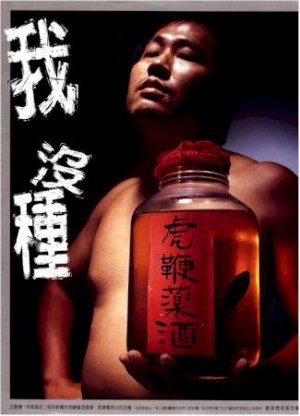News
Latest Lion Aid News
Tiger Poaching, Tiger Farms, Lion Bones
Monday 1st October 2012
|
A friend of mine, Karl Ammann, has been involved in exposing the “bushmeat” trade for over 20 years and has won many awards for his factual reports. He is absolutely intrepid and travels to places many would fear to tread to get his information. I know this from personal experience as he took me along on a boat trip up the Zaire River from Kinshasa to Kisangani in the late 1980s. This was when Mobutu was still in power, and Zaire (now known as the Democratic Republic of Congo) was a tricky place to be a tourist. In fact, even before we left Kinshasa Karl managed to get us both arrested (all his fault of course) and when the police saw his Swiss passport suspicion deepened as it was well known in Zaire that all spies carried Swiss passports. This was at a time when there was considerable tension in Zaire as the Government was convinced that the Belgians were going to invade at any moment (I’m not making this up) so it took some fancy footwork not to be thrown in jail. It was that boat trip that got Karl interested in the bushmeat trade as we saw first-hand the huge number of crocodiles, antelopes, monkeys and even chimpanzees being traded for consumption. Back to the tigers and lions. Karl recently sent me a report on some travels he took between 2008 and 2011 to Laos and Vietnam. He has published a full report. I can give you a few highlights here: • The tiger trade is doing well and flourishing. Vietnamese traders often cross into Laos across mountain trails to buy whatever is on offer in terms of wildlife products harvested from the Laotian forests.
All in all Karl’s first-hand report fits in very well with what I have been saying for so long. CITES cannot be effective in the very many cases where the officials tasked to control the trade are part and parcel of the trade, whether in South Africa (rhino horn) or Vietnam and Laos (tiger farms, tiger poaching, lion bone trade). CITES regulations are not worth the paper they are written on in countries where the law enforcement agencies and Government officials are themselves complicit in illegal wildlife trade, or where trade regulations are so easily avoided. For South Africa to engage in the lion bone trade with Laos and to allow rhino horn and live rhinos to be sent to Vietnam, Laos and China, and to allow live tigers to be sent to Vietnam is beyond the pale for a nation supposedly concerned about wildlife conservation. South Africa’s actions resonate well beyond their borders. Karl says having CITES administer the trade to guard wildlife is like telling the foxes to guard the hen house and I’m inclined to agree. So what can be done? On the wildlife trafficker’s side money talks loudly. $65,000 for a kilo of rhino horn, $20,000 for a kilo of tiger bone cake, $15,000 at minimum for a lion skeleton. Even if we spend only a fraction of the money earned by poachers to combat this trade and to make the public aware, we could be more effective. Get to know Karl Ammann and support him. Support LionAid so we can be more effective in preventing the lion bone trade. Only with appropriate funds can we make a difference – the horn weight of a White Rhino is worth $260,000. Just imagine what Karl and LionAid could positively contribute to a cessation of this trade for the price of just one rhino? Picture credit: http://www.forevertigers.com/tcm.htm Tags: lions, CITES, bushmeat, South Africa, Laos, Vietnam, lion bone, Tigers, Karl Ammann, tiger bone, Categories: Traditional Medicine, Illegal Wildlife Trade |
Posted by Pieter Kat at 12:07
No comments have been posted yet.
Add a new comment
Existing user
New user sign up




